Nature continues to amaze us with its remarkable adaptations, and perhaps one of the most fascinating abilities some animals possess is regeneration—the capacity to regrow lost or damaged body parts. While humans can heal wounds and regrow some tissue, our regenerative abilities pale in comparison to certain creatures that can replace entire limbs, organs, or even parts of their brains. This astonishing capability serves as a vital survival mechanism, allowing these animals to escape predators by sacrificing appendages or recover from severe injuries that would be fatal to other species. From the well-known example of lizards dropping their tails to lesser-known regenerative champions like flatworms that can regrow their entire bodies from tiny fragments, the animal kingdom offers extraordinary examples of resilience and biological innovation. Let’s explore 13 remarkable animals with regenerative superpowers that continue to inspire scientific research and medical breakthroughs.
13. Axolotl The Regeneration Champion
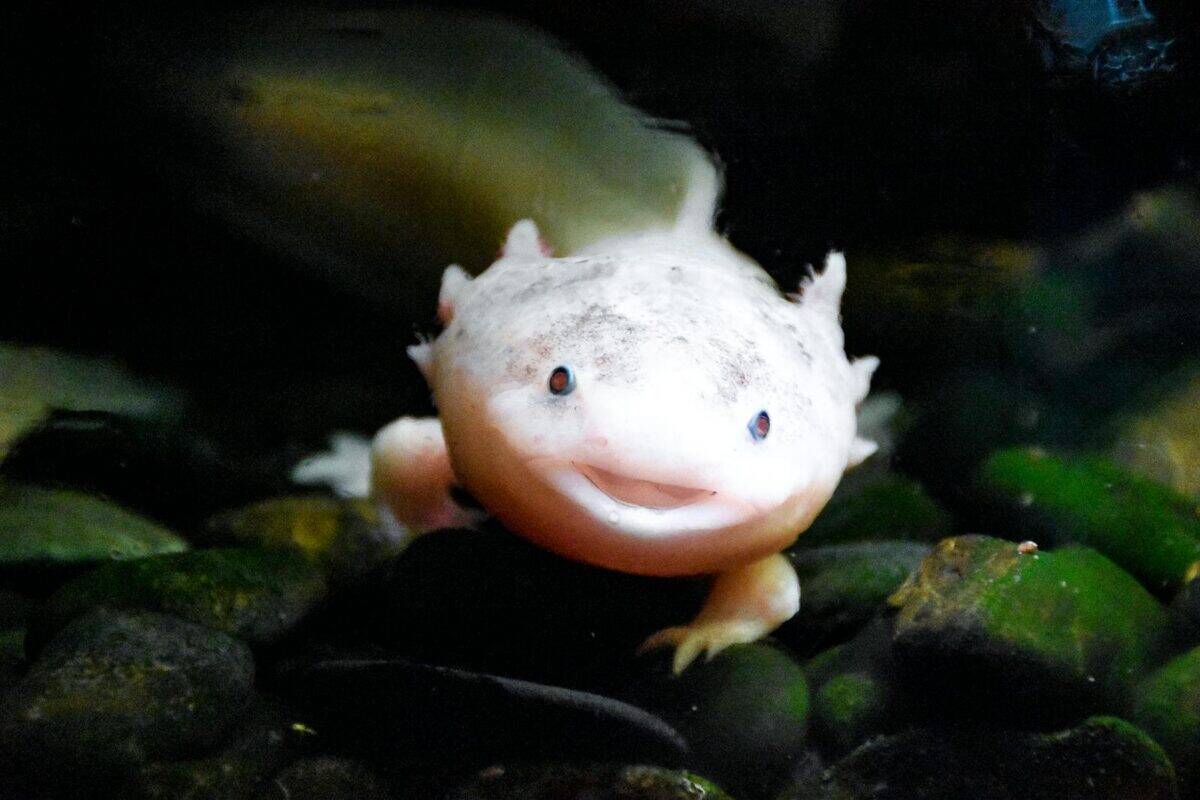
The axolotl (Ambystoma mexicanum), a critically endangered salamander native to Mexico, stands as perhaps the most impressive regenerator in the vertebrate world. These remarkable amphibians can regrow almost any body part—including limbs, tail, spinal cord, parts of their brain, heart, and other organs—with no scarring. What makes axolotls particularly special is their ability to rebuild complex structures with full functionality. When an axolotl loses a limb, specialized cells called blastema cells gather at the wound site and differentiate into various cell types needed to reconstruct the limb, including bones, muscles, nerves, and blood vessels. Scientists are intensely studying axolotls because their regenerative abilities far surpass those of mammals. Unlike humans, who form scar tissue after injury, axolotls can perfectly recreate missing structures. This remarkable capacity has made them valuable research subjects in regenerative medicine, with scientists hoping to unlock secrets that might someday help humans regenerate damaged tissues.
12. Planarians Masters of Whole-Body Regeneration

Planarians, tiny flatworms measuring just a few millimeters long, possess regenerative abilities that border on the miraculous. These simple creatures can regenerate their entire bodies from fragments as small as 1/279th of their original size—meaning a single flatworm cut into nearly 300 pieces could, in theory, become 300 new individuals. The secret behind this extraordinary capability lies in their abundance of adult stem cells called neoblasts, which make up roughly 30% of all cells in their bodies. These pluripotent cells can differentiate into any cell type needed for regeneration. When a planarian is cut, neoblasts immediately begin migrating to the wound site and proliferating to rebuild missing structures. Even more remarkably, planarians can regenerate their entire brain and nervous system, restoring not just the physical structures but also their memories and learned behaviors. This makes them invaluable models for studying brain regeneration and the biological mechanisms of memory. Scientists have identified several genetic pathways involved in planarian regeneration that have counterparts in humans, though our versions are typically inactive in adulthood.
11. Starfish Regrowing Arms and More

Starfish, or sea stars, demonstrate one of the most visible examples of regeneration in marine ecosystems. These echinoderms can regenerate entire arms (called rays) when damaged or severed, but their regenerative abilities go even further. Some starfish species can regenerate their entire body from a single arm with just a portion of the central disc attached—a process called fission. For example, the blue Linckia starfish regularly reproduces asexually through this method. The regeneration process begins with the formation of a wound epidermis over the injury site, followed by the reorganization of tissues and the regrowth of complex structures, including their unusual water vascular system and digestive organs. This regeneration is possible thanks to specialized cells similar to stem cells that maintain their ability to differentiate into various tissue types throughout the starfish’s life. The process isn’t quick—it can take months or even a year for a starfish to completely regrow a lost arm—but it represents a remarkable survival adaptation. This regenerative ability varies among the approximately 2,000 species of starfish, with some showing greater regenerative capacity than others.
10. Lizards The Tale of Tail Regeneration
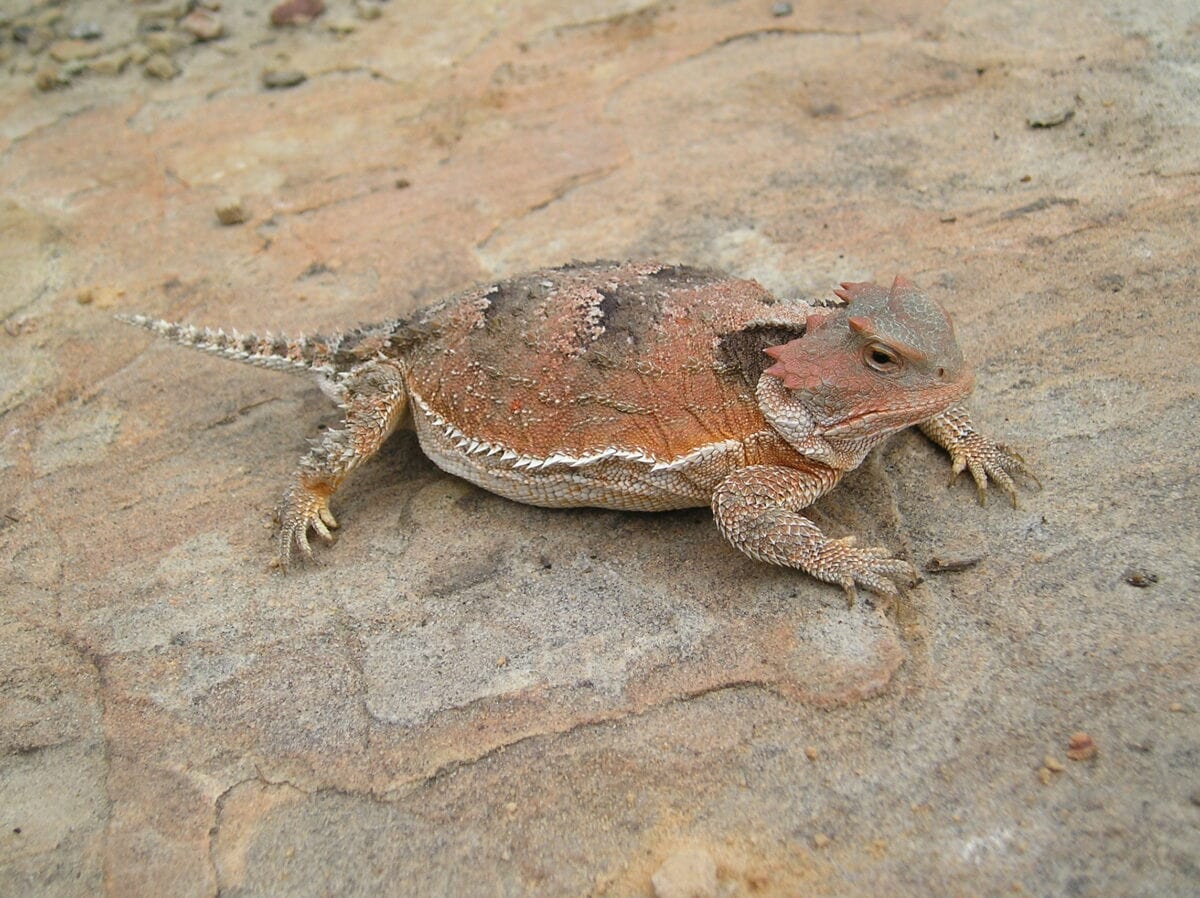
Lizards are perhaps the most widely recognized animals with regenerative abilities thanks to their dramatic tail-dropping defense mechanism, known as autotomy. When threatened, many lizard species can voluntarily detach their tail at special breakage planes within their vertebrae, leaving predators with a wriggling tail while the lizard escapes. What follows is an impressive feat of regeneration as the lizard regrows a replacement tail over weeks or months. The new tail, however, isn’t a replica of the original. Rather than containing vertebrae, the regenerated tail has a cartilaginous tube supporting it, and the arrangement of muscles and scales often differs from the original. The replacement tail also contains a simplified spinal cord with limited neural function. Despite these differences, the regenerated tail serves its primary purposes of balance, fat storage, and predator distraction. Not all lizards regenerate with equal proficiency—species like geckos and anoles tend to be particularly efficient regenerators, while larger species like iguanas may have more limited regenerative capacity. Interestingly, the ability to regenerate tails diminishes with age in many lizard species, with older individuals regenerating more slowly or incompletely.
9. Seahorses Rebuilding Their Crown
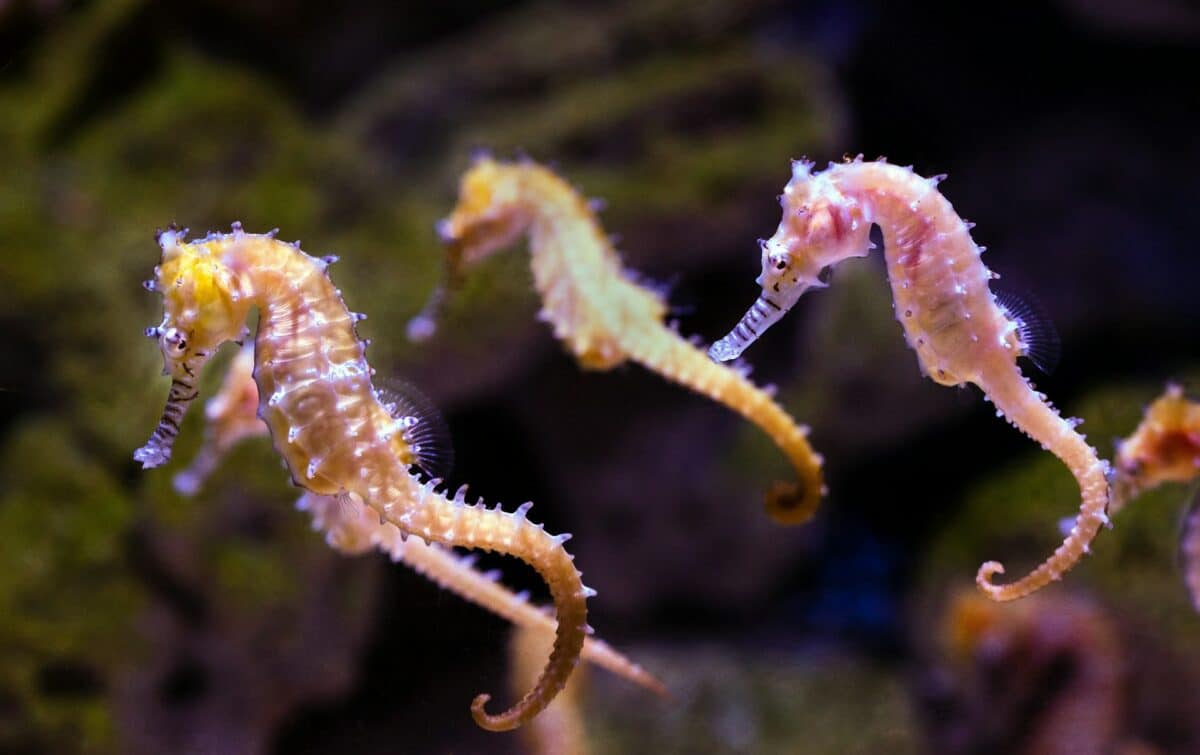
Seahorses possess a unique regenerative ability focused on their distinctive coronet—the crown-like structure atop their heads. This bony crest, which resembles a miniature crown, is used to identify individual seahorses in the wild since each coronet has a pattern as unique as a human fingerprint. If a seahorse’s coronet becomes damaged, it can regenerate this complex structure completely. The regeneration process initiates with specialized cells migrating to the injury site, followed by the deposition of new calcium-based materials to rebuild the intricate coronet formation. This regenerative ability is particularly valuable because the coronet serves important functions beyond species and individual identification—it plays a role in seahorse courtship displays and may contribute to their hydrodynamics while swimming. Seahorses can also regenerate their prehensile tails if damaged, though this occurs more slowly than coronet regeneration. These remarkable abilities help seahorses survive despite their relatively slow movement and distinctive body shape, which might otherwise make them vulnerable to permanent injuries in their often challenging marine environments.
8. Deer Annual Antler Regeneration

Deer demonstrate one of the most impressive examples of regeneration among mammals through their annual cycle of antler growth and shedding. Unlike horns, which grow continuously throughout an animal’s life, antlers are shed and regrown completely each year, representing the only mammalian structure capable of complete regeneration. This remarkable process begins when male deer (and female reindeer) shed their antlers after the breeding season, typically in winter. Come spring, new antlers begin to develop, covered in a fuzzy skin called “velvet” that supplies blood and nutrients to the rapidly growing bone beneath. Antlers can grow at an astonishing rate of up to one inch per day, making them among the fastest-growing tissues in the animal kingdom. The regeneration is driven by specialized stem cells in the antler base (the pedicle) that activate each spring. By late summer, a mature deer’s antlers may span several feet and weigh up to 40 pounds. Once growth is complete, the velvet dries up and is rubbed off against trees, revealing the hardened bone structure beneath. This annual cycle of complete regeneration has made deer antlers a subject of intense scientific interest, particularly for researchers studying bone growth, stem cell biology, and potential applications in human medicine.
7. Spiders Replacing Lost Legs

Spiders possess remarkable regenerative abilities that allow them to replace lost limbs, though the process works differently depending on their life stage. When a spider loses a leg, whether through a predator attack, getting it caught, or even self-amputation to escape danger, it can regrow the missing appendage, but only during its molting process. As juveniles, spiders regularly shed their exoskeletons to grow, and it’s during these molts that leg regeneration occurs. After losing a leg, the spider will develop a small, folded replacement limb under its current exoskeleton. When the spider molts, this compressed leg unfolds and begins functioning, though it may initially be smaller than the original. With subsequent molts, the regenerated leg typically grows to match its counterparts. Adult spiders of many species continue to molt and can therefore regenerate limbs, though larger species may molt less frequently, making their regeneration process slower. However, once a spider reaches its terminal molt and full maturity, some species lose this regenerative ability entirely. The regenerated legs contain all the complex structures of the original, including joints, muscles, sensory hairs, and even specialized structures like the silk-producing spinnerets found on some legs of certain species, making this a particularly sophisticated example of arthropod regeneration.
6. Sea Cucumbers Extreme Regenerative Defenses

Sea cucumbers employ one of the most dramatic defensive regeneration strategies in the animal kingdom. When threatened, certain species can perform an astonishing feat called evisceration—voluntarily expelling their internal organs through either their mouth or anus to distract predators before escaping. What makes this behavior remarkable is that sea cucumbers can then regenerate their entire digestive system, respiratory trees, and other complex internal organs within a matter of weeks. The regeneration process begins almost immediately after evisceration, with specialized cells migrating to form new tissue structures. In some species, this regenerative process takes just 1-3 weeks, despite the complexity of the organs being rebuilt. Beyond internal organs, sea cucumbers can also regenerate external parts, including their tentacles and portions of their body wall if damaged. The cellular mechanisms behind this extraordinary regeneration involve dedicated stem-like cells that maintain their pluripotency throughout the sea cucumber’s life. This extreme form of regeneration serves not only as a defense mechanism but may also function as a method of internal cleansing, allowing sea cucumbers to purge parasites or accumulated waste. The remarkable regenerative capabilities of sea cucumbers have made them subjects of biomedical research, particularly in studies of tissue regeneration and wound healing.
5. Octopuses Regrowing Arms with Neural Function
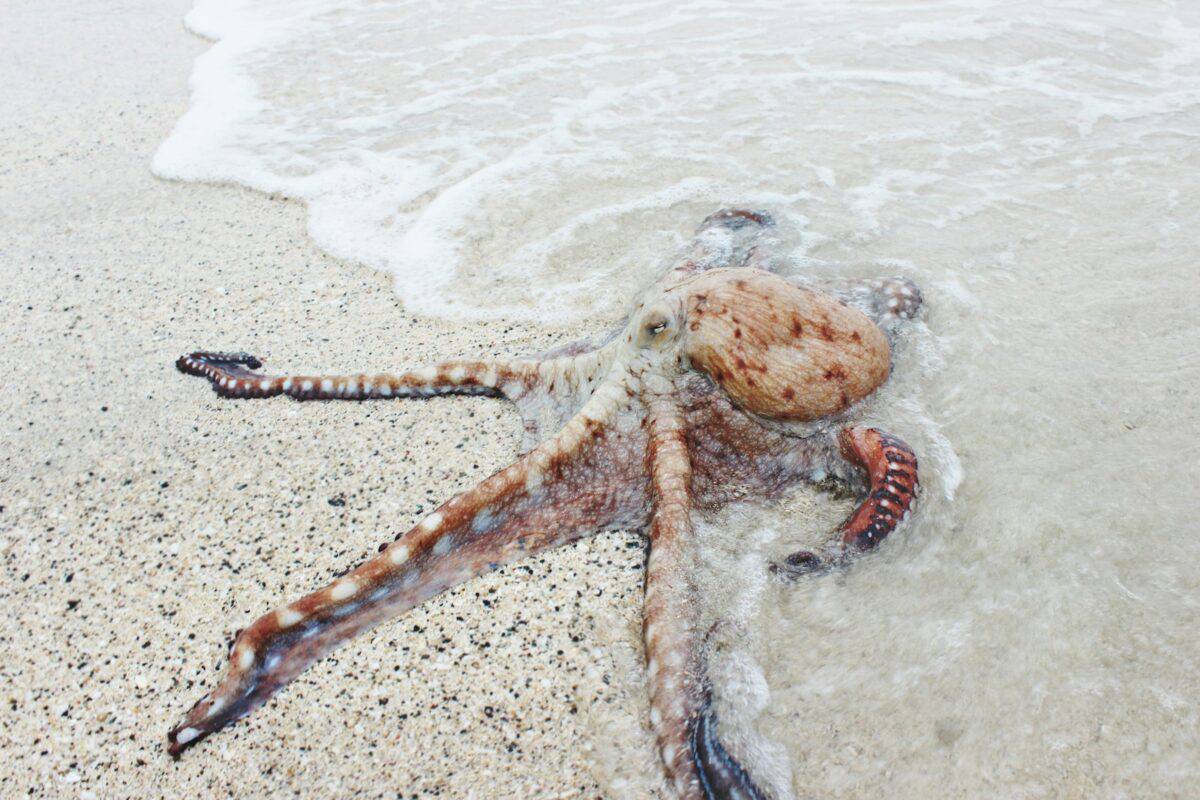
Octopuses demonstrate sophisticated regenerative abilities, particularly in their capacity to regrow entire arms with full functionality if they lose one to a predator. What makes octopus arm regeneration particularly impressive is that these appendages aren’t simple structures—they contain complex nervous systems with approximately two-thirds of the octopus’s neurons distributed throughout their arms. Each arm functions with a degree of autonomy while still connecting to the central brain. When an octopus loses an arm, the regeneration process begins with wound healing, followed by the formation of a blastema (a mass of dedifferentiated cells) at the wound site. From this blastema, new tissue grows outward, gradually reforming the complex structures of the arm, including muscles, suckers, chromatophores (color-changing cells), and critically—the extensive neural network. An octopus can regrow a complete arm in approximately 100-130 days, depending on the species and the individual’s age. Younger octopuses generally regenerate more efficiently than older ones. The regenerated arm possesses full sensitivity and motor control, with no loss of the sophisticated functions that make octopus arms so remarkable, including their ability to taste through their suckers and manipulate objects with precise dexterity. This regenerative capacity represents one of the most complex examples of neural regeneration in the animal kingdom.
4. Sharks Continuous Tooth Replacement
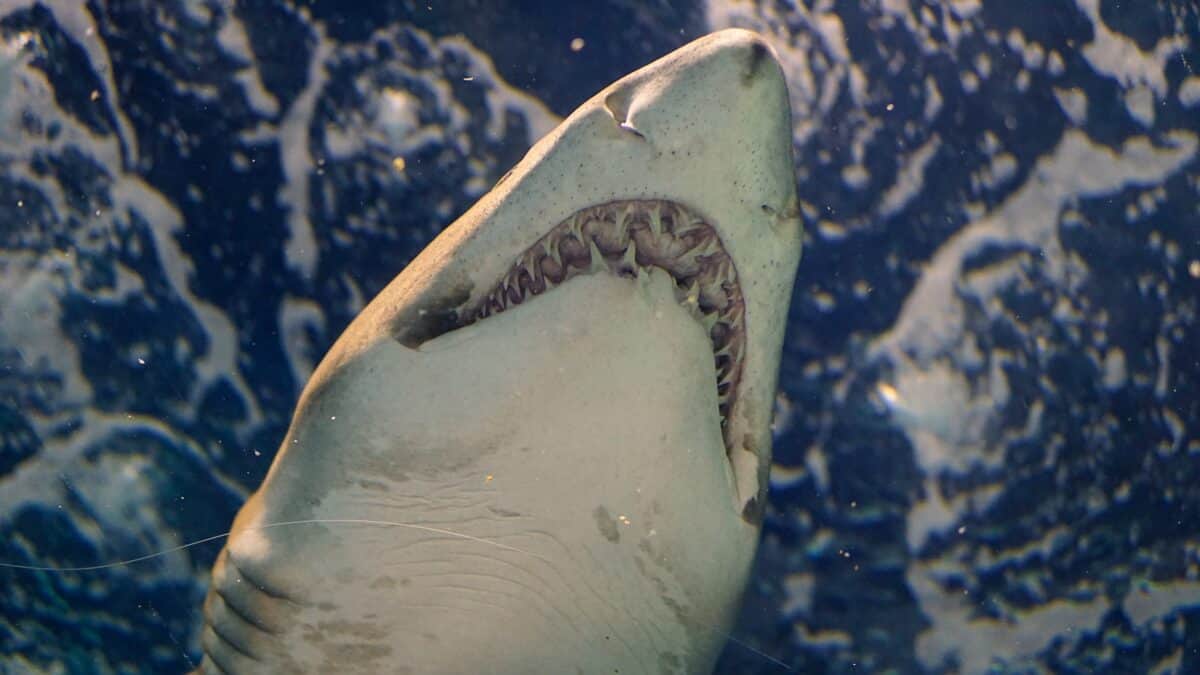
Sharks possess one of the most efficient regenerative systems in the animal kingdom with their continuous tooth replacement mechanism. Unlike humans, who get just two sets of teeth in a lifetime, sharks constantly regenerate their teeth throughout their lives. Most shark species have multiple rows of teeth arranged in conveyor belt-like series, with new teeth developing in the back of the mouth and gradually moving forward to replace teeth that are lost, broken, or worn down. This regenerative process allows some shark species to produce and shed more than 30,000 teeth in their lifetime. The great white shark, for example, can have up to 300 teeth in its mouth at once, arranged in several rows, with replacement teeth constantly developing behind them. When a front tooth is lost, a tooth from the row behind moves forward to take its place within days, sometimes within 24 hours. This efficient system ensures sharks never go without their primary feeding tools. The teeth are derived from modified scales (dermal denticles) and share a similar composition, containing dentine covered by an enamel-like substance. The continuous regeneration system varies among species—some sharks replace individual teeth as needed, while others shed entire rows simultaneously. Tiger sharks are particularly prolific in this regard, replacing their teeth every 7-8 days on average. This remarkable regenerative ability has evolved over 400 million years and represents one of nature’s most successful adaptations.
3. Zebrafish Heart and Fin Regeneration

Zebrafish have become one of the most important model organisms in regenerative medicine research due to their remarkable ability to regrow complex structures, particularly their heart tissue and fins. Unlike mammals, whose heart muscle cells (cardiomyocytes) largely lose their ability to divide after birth, zebrafish can repair significant cardiac damage throughout their lives. When up to 20% of a zebrafish’s heart ventricle is removed or damaged, the remaining cardiomyocytes dedifferentiate (returning to a less specialized state), proliferate, and rebuild the missing tissue within approximately 60 days. The regenerated heart functions normally, with no scar tissue formation, contrasting sharply with the permanent scarring that occurs after mammalian heart injuries. Similarly impressive is the zebrafish’s ability to regenerate its fins. When a fin is amputated, a protective wound epidermis quickly forms over the injury site, followed by the formation of a blastema (a mass of proliferating cells) that develops into the new fin structures. The regeneration process rebuilds all tissues—including bones, blood vessels, nerves, and connective tissues—in their proper arrangement, restoring both form and function. Complete fin regeneration typically takes 2-4 weeks. What makes zebrafish particularly valuable to researchers is their genetic similarity to humans—approximately 70% of human genes have at least one zebrafish counterpart—combined with their optical transparency as embryos, which allows scientists to directly observe developmental and regenerative processes.
2. Hydras Immortal Regenerators
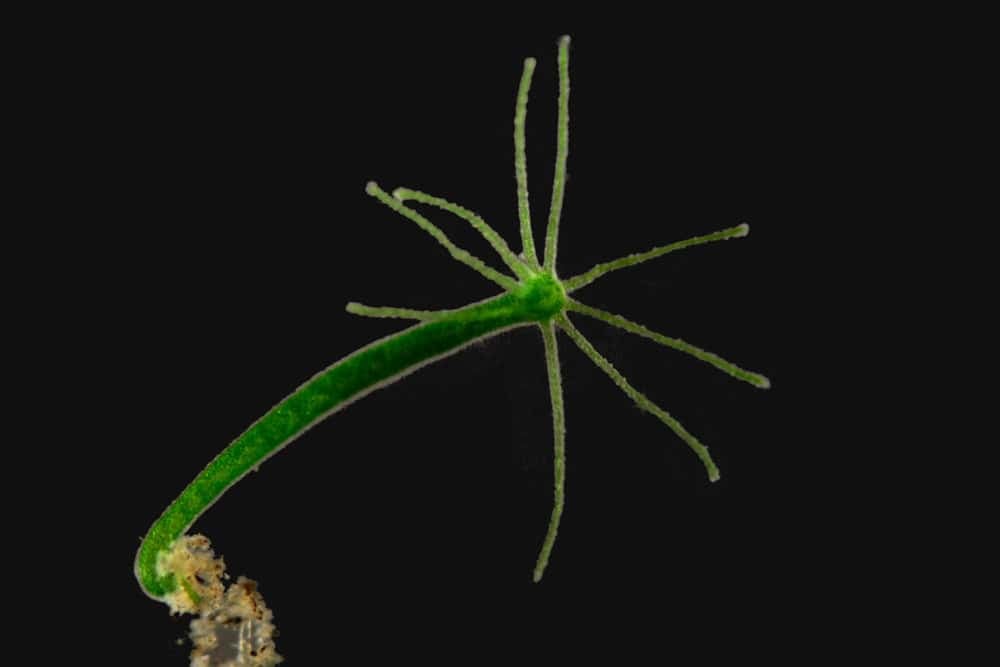
Hydras, tiny freshwater relatives of jellyfish and coral, represent perhaps the most extreme example of regeneration in the animal kingdom. These simple creatures, measuring just a few millimeters in length, can regenerate their entire body from tiny fragments, as little as 1/200th of the original animal can regrow into a complete hydra. Even more remarkably, if hydra cells are completely dissociated (separated) and then reaggregated, they will reorganize themselves into a functioning animal. This extraordinary regenerative ability stems from the hydra’s body composition, which includes three types of stem cells that continuously divide and differentiate throughout the animal’s life. The regeneration process begins immediately after injury, with cells migrating to the wound site and repatterning to establish the hydra’s body axis and specialized structures, including its tentacles and mouth. Beyond regeneration, hydras also demonstrate biological immortality—they show no signs of aging or increased mortality over time when kept in optimal conditions. This apparent immortality results from their continuous cell renewal and efficient regenerative systems. If a hydra is cut in half, both pieces will develop into complete individuals, effectively making them potentially immortal through both regeneration and their normal asexual reproduction by budding. These remarkable abilities have made hydras important model organisms for studying the fundamental mechanisms of regeneration, stem cell biology, and even aging—or rather, the lack thereof.
1. Crabs Regenerating Claws and Limbs
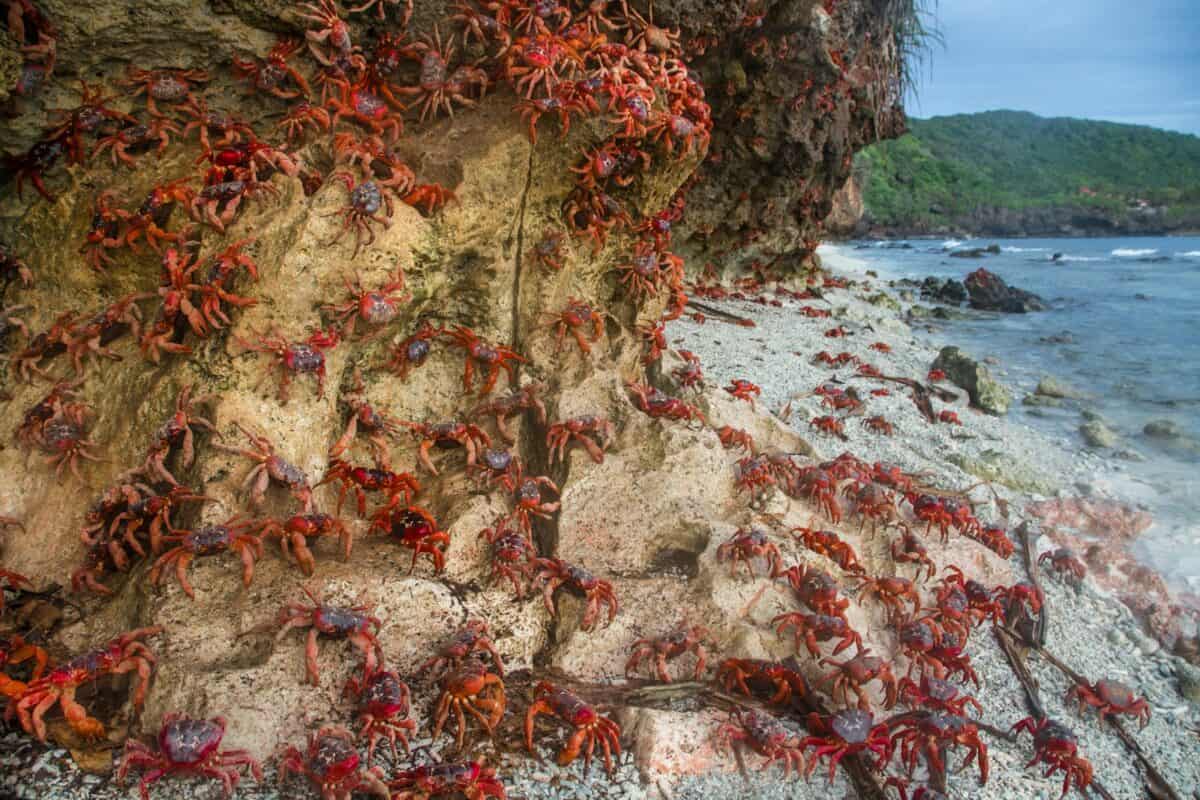
Crabs have an extraordinary ability to regenerate lost limbs, especially their powerful claws, which are essential for defense, feeding, and communication. When a crab loses a limb—due to injury, predation, or a self-defense mechanism called autotomy—it begins the regeneration process almost immediately. The wound seals quickly to prevent infection and fluid loss, and a small limb bud begins to form beneath a protective layer of tissue. Specialized cells gather at the site, initiating the regrowth of the lost appendage. However, crab limb regeneration doesn’t happen all at once. It unfolds gradually across multiple molting cycles Each time a crab molts, shedding its hard exoskeleton, the new limb grows larger and more functional. It can take several molts, sometimes over a year, for the replacement limb to fully match the original in size and strength. Juvenile crabs regenerate more quickly due to their frequent molting. The regenerated claw includes functioning joints, muscles, and nerves, allowing the crab to return to normal activity. This ability is a crucial survival advantage in the wild. Scientists study crab regeneration to gain insights into tissue repair and potential breakthroughs in regenerative medicine, including treatments for nerve damage and limb reconstruction.
Conclusion:
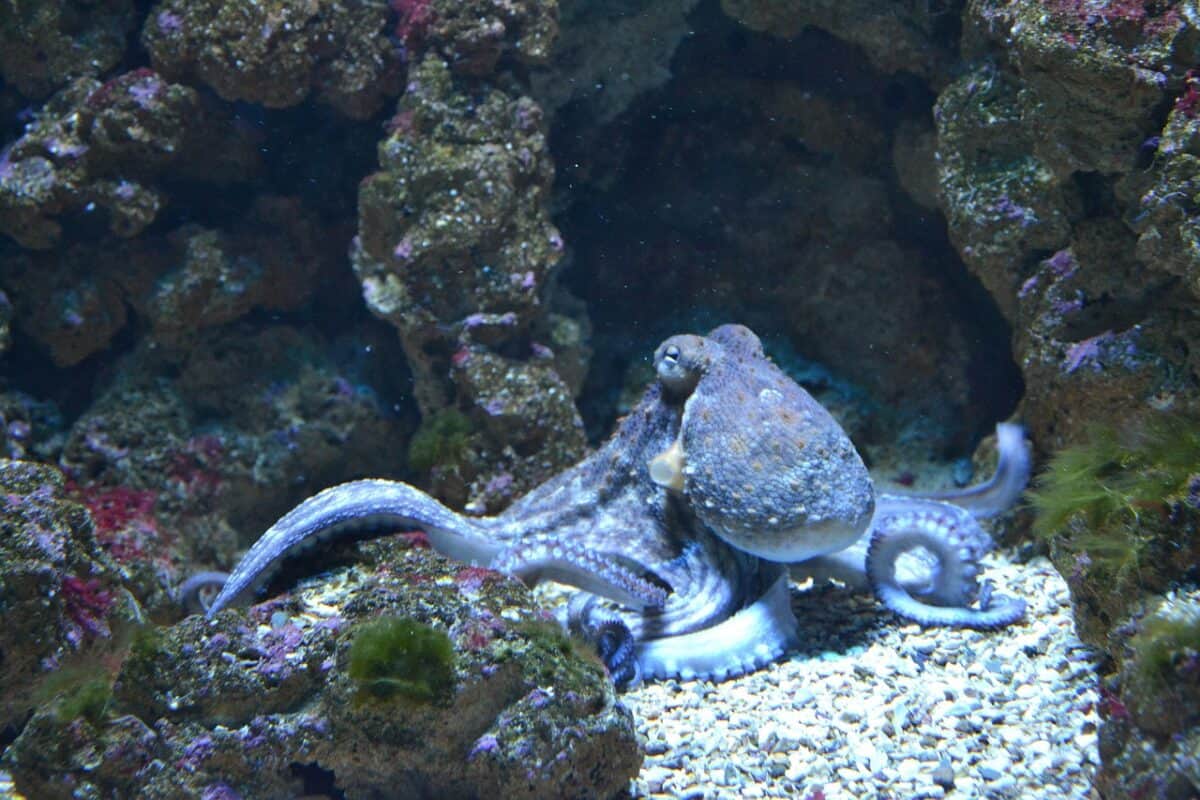
Nature’s remarkable regenerative abilities showcase the incredible resilience and adaptability of life on Earth. From tiny hydras that can rebuild entire bodies to crabs regrowing complex limbs, these extraordinary feats reveal how evolution has equipped many species with powerful tools for survival and recovery. Such regeneration not only allows animals to escape predators or heal severe injuries but also inspires cutting-edge scientific research aimed at unlocking similar potentials in humans. By studying these natural regenerative champions—from axolotls and planarians to zebrafish and sea cucumbers—researchers are gaining invaluable insights into tissue repair, stem cell biology, and organ regeneration. Ultimately, these fascinating examples remind us of nature’s ingenuity and offer hope that one day, breakthroughs in medicine may enable humans to harness their latent regenerative powers, transforming how we heal and recover from injury.
- 10 Animals That Risked Their Lives to Save Humans - August 9, 2025
- 14 Reasons Why Bears Are Afraid of Humans (Most of the Time) - August 9, 2025
- 11 Frogs That Look Too Weird to Be Real - August 9, 2025

